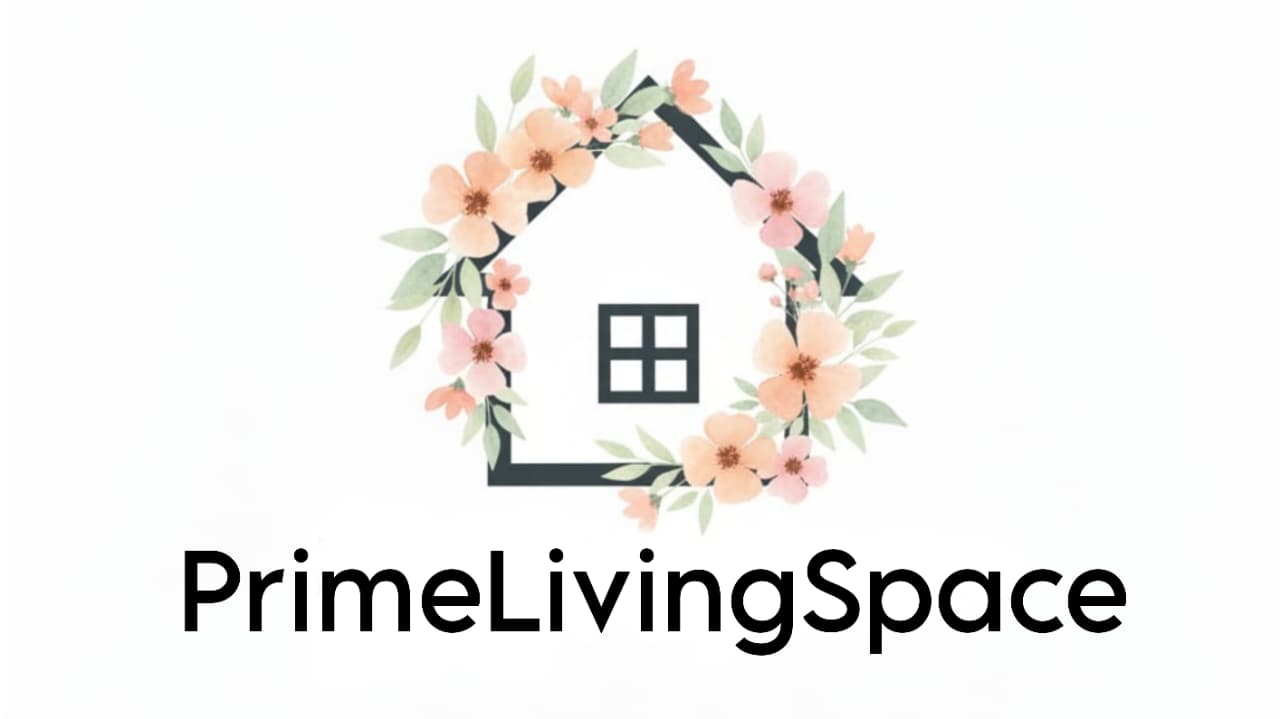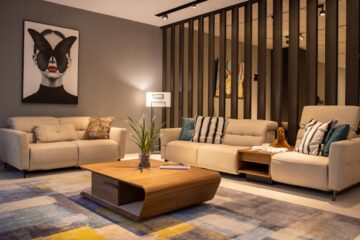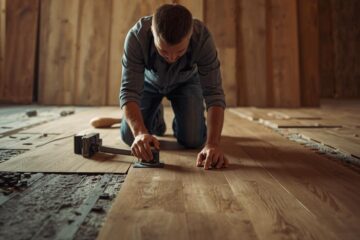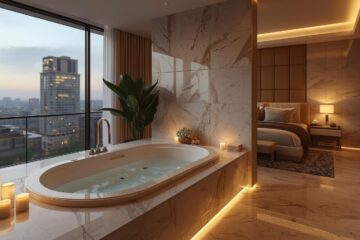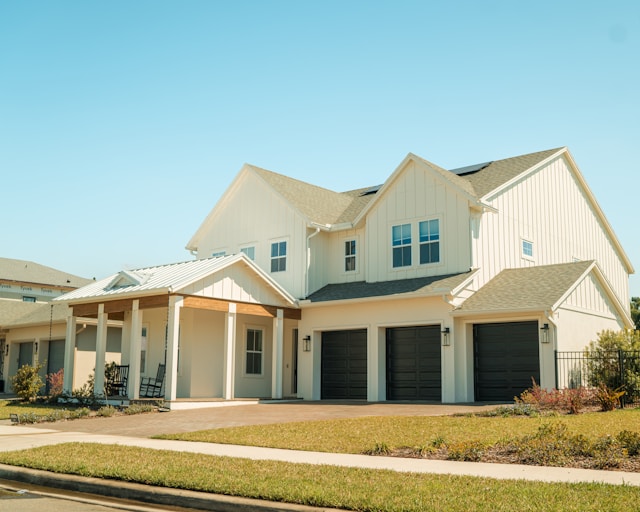
Exterior wall cladding isn’t just about looks, it’s about protection, performance, and long-term value. With homeowners and architects searching for the best exterior wall cladding in 2025, decisions now go beyond cost and aesthetics. Today, factors like cladding materials, climate-specific performance, embodied carbon, and lifetime maintenance costs are front and center.
This guide goes beyond generic advice. We’ve merged practical insights, real cost data, sustainability considerations, and even failure-mode fixes to give you a resource that stands out. Whether you’re a homeowner, builder, or architect, this guide will help you make confident, future-proof choices.
Quick Comparison: Costs, Lifespan & Carbon
| Cladding Material | Cost (per ft²) | Lifespan | Maintenance Level | CO₂e (kg/m²)* |
| Vinyl | $3–$8 | 20–30 yrs | Low | High (~15) |
| Fiber Cement | $5–$14 | 40–50 yrs | Medium (repaint) | Medium (~9) |
| Brick Veneer | $10–$20 | 75+ yrs | Very Low | Medium (~8) |
| Natural Stone | $15–$30 | 100+ yrs | Very Low | High (~20) |
| Engineered Wood | $6–$12 | 25–40 yrs | Medium (reseal) | Medium (~10) |
| Metal Panels | $8–$18 | 40–60 yrs | Low | Low (~6) |
How Much Will Cladding Cost?
Cladding costs vary from $3 to $30 per square foot, depending on material and finish. For a 2,000 ft² home:
- Vinyl: ~$10,000 installed
- Fiber Cement: ~$18,000–$28,000
- Natural Stone: $40,000+
Pro Tip: Factor in ROI. Fiber cement often delivers the highest resale value, especially in coastal or high-rain regions where durability matters.
We recommend using an interactive cladding cost + ROI calculator (planned launch soon!) so you can enter your wall area, region, and material to get total installed costs and a 10–20 year payback.
Pick by Climate: What Works Best Where
- Coastal Homes (salt spray, wind-driven rain) → Fiber cement or metal panels. Both resist corrosion, UV, and swelling. Use stainless fasteners and flashing.
- Humid Regions (mold & mildew risk) → Brick veneer or ventilated rainscreen siding. Add breathable WRB (weather-resistant barrier).
- Cold Climates (freeze-thaw cycles) → Stone or fiber cement. Avoid vinyl—it can crack.
- Dry/Arid (intense UV, dust storms) → Metal cladding or stucco with UV-protective coating.
Think of this as a climate-by-cladding roadmap—a shortcut to avoiding expensive mistakes.
Sustainability: Embodied Carbon Explained
A material’s embodied carbon (the CO₂ emitted during its production and transport) is now a major design factor.
- Lowest-carbon picks (per DOE data): Metal panels, fiber cement.
- Highest-carbon picks: Natural stone, vinyl (due to petrochemical inputs).
We created a simple CO₂e chart per m² so you can compare without digging through technical LCA reports. This helps homeowners choose not just what looks good but also what’s responsible for the planet.
Maintenance & Lifetime Planner
“Low maintenance” is often marketing jargon. Here’s the reality:
- Vinyl → Hose rinse yearly, replace panels every 20–30 yrs.
- Fiber Cement → Repaint every 10–15 years; caulk joints.
- Brick Veneer → Inspect mortar every 20 yrs. Minimal upkeep.
- Metal Panels → Wash annually; check sealants every 10 years.
- Engineered Wood → Reseal every 5–7 yrs.
Common Problems & Fixes (Consumer-Friendly)
- Moisture trapped behind cladding → Add ventilated rainscreen and flashing details.
- Warping vinyl in heat → Use lighter colors or upgrade to fiber cement.
- Stone veneer falling off → Improper mortar mix—needs reinstallation with proper adhesives.
- Metal panel oil-canning → Use thicker gauge steel or install with thermal breaks.
- Paint peeling on fiber cement → Repaint with elastomeric paint for long-term durability.
Permits & Code Compliance
Cladding projects often stall due to overlooked permits. Requirements differ by region:
- California → Strict fire-resistance ratings.
- Texas → Wind load codes for hurricane-prone areas.
- UK & EU → Post-Grenfell, stricter non-combustible requirements for multi-family housing.
Case Studies: Real Homes, Real Numbers
- 1970s Ranch in Florida → Vinyl replaced with fiber cement. Cost: $24,000. ROI: +12% resale.
- Cold Climate Cottage in Vermont → Brick veneer added. Cost: $36,000. Maintenance: almost zero in 10 years.
- Modern Desert Home in Arizona → Metal panels with UV coating. Cost: $28,000. Zero failures in 5 years.
Case studies = trust. They show the numbers, timelines, and problems so you can learn before you spend.
FAQs
Q: What is the cheapest exterior wall cladding?
Vinyl, at $3–$8/ft², but durability and carbon cost may not justify it long-term.
Q: Which cladding lasts the longest?
Stone and brick veneer, often exceeding 75–100 years with minimal upkeep.
Q: Which cladding is best for coastal homes?
Fiber cement or metal, due to salt and moisture resistance.
Conclusion
Choosing exterior wall cladding in 2025 is no longer just about color and curb appeal. It’s about climate resilience, long-term maintenance, carbon impact, and ROI.
If you want the best outcome, think in three steps:
- Match cladding to climate.
- Plan for lifetime maintenance and costs.
- Factor in sustainability and resale value.
This approach ensures your cladding isn’t just an exterior skin—it’s a smart investment in your home’s future.
You may also like :
